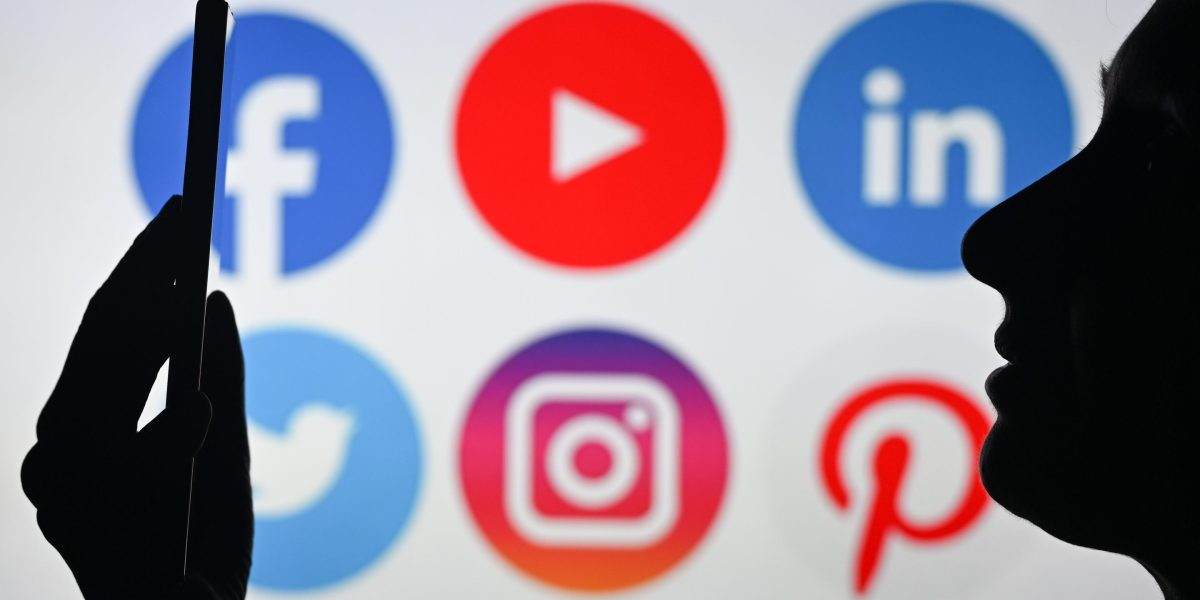Leadership today extends far beyond corner offices and closed-door meetings. It lives in the feed, thrives in the comment section, and trends on timelines. From Elon Musk’s headline-making posts on X to Nasdaq president Tal Cohen bypassing press releases to announce 24-hour trading on LinkedIn, social media has become a powerful tool for executives. It’s where they shape their personal brands, build and connect with audiences, and expand their visibility and reach.
More and more, executives are recognizing the value of these platforms. According to 2024 data from the communications advisory firm H/Advisors Abernathy, 70% of Fortune 100 CEOs now maintain at least one social media account, and nearly half post at least once a month. In an era where visibility, authenticity, and trust are critical to effective leadership and rising through the C-suite, mastering social media is no longer a nice-to-have; it’s a competitive advantage for those vying for top corporate and board roles.
Today’s leaders aren’t waiting for introductions. They’re stepping forward, speaking directly to consumers, clients, investors, and audiences that extend well beyond their respective organizations. LinkedIn, in particular, has become one of the most influential and accessible platforms for executive communications. As Dan Roth, editor-in-chief of LinkedIn, tells Fortune, “There’s a call for more authenticity and transparency, and people now expect to hear directly from their leaders to understand their perspective.”
This evolution has fundamentally reshaped executive communication, allowing leaders or those with CEO aspirations to showcase their thought leadership and share insights, spotlight employees and company culture, recognize team wins, and discuss industry trends. More tellingly, this digital presence appears to have a real impact. Research from FTI Consulting reveals that 92% of professionals are more likely to trust a company whose senior executives are active on social media.
“We are in this stage where you have to say what you mean, mean what you say, and have something interesting to say,” says Christopher Downey, a former director of social media for AMD and social practice program director at IBM. For ambitious leaders, that means embracing the full spectrum of content: from written reflections to short-form video and everything in between.
Take McDonald’s CEO Chris Kempczinski, who regularly uses LinkedIn to speak directly to shareholders, employees, and peers about company vision, values, and business updates. This kind of transparency, PwC research finds, strengthens credibility with employees, investors, and consumers alike.
But presence alone isn’t enough. Akeem Anderson, senior vice president at H/Advisors Abernathy, stresses that it shouldn’t just be a broadcast channel. It should be a space to spark dialogue and establish one’s intellectual authority.
“The best-in-class CEOs have a perspective that they’re unafraid to share,” he says. “And when leaders consistently show up with that perspective, people begin to anticipate—and even look forward to—what they’ll say next.”
Striking the right tone is crucial. While some high-profile figures like Musk thrive on provocation, Anderson encourages a more measured approach. He advises leaders to “loosen their ties a bit,” embrace the conversational nature of social media, and infuse posts with personality, relatability, and even vulnerability—while still exercising discernment.
Executives should ask themselves if what they are saying is building on a natural curiosity around a topic, a trend, or a particular moment in a substantive way. “If the only thing you have to add to this moment is your singular voice and opinion, perhaps it’s not worth sharing, especially if you’re someone who is aspirationally looking to be leader of a company,” he says.
Roth echoes this sentiment, noting that the most impactful leaders on a platform like LinkedIn are intentional yet personal in their approach. Instead of reposting bland company updates and tepid press releases, they share thoughtful reflections, real lessons, and unique takes informed by their own experiences and what they’re hearing from industry peers. In other words, they’re disseminating useful content with a signature voice and point of view.
Blackstone COO and president Jon Gray, widely seen as the heir apparent to CEO Steve Schwarzman, epitomizes this balance. His short-form videos—often filmed mid-run or while traveling—touch on everything from market insights to earnings updates. The result? Content that feels candid, credible, and unmistakably human.
While the informality of digital platforms offers a degree of creative license and freedom, Anderson reminds leaders, especially those aspiring to the CEO seat, to be mindful and discerning in curating their social media persona.
“It’s not something that you do haphazardly or without consideration,” he says. “It’s just as important as how you show up in traditional media, how you show up at town halls, how you show up in investor meetings.”
Ultimately, in a world where influence is built in real-time and trust is earned in public, those who rise to the top could very well be the ones who learn to lead online and drive impact from the palm of their hand.
This story was originally featured on Fortune.com

